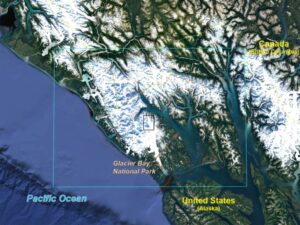
Watching Glacier Bay National Park Change
December 11, 2019 • Dr. Christopher Shuman is a glaciologist with NASA Goddard Space Flight Center and the University of Maryland at Baltimore County. Here is

December 11, 2019 • Dr. Christopher Shuman is a glaciologist with NASA Goddard Space Flight Center and the University of Maryland at Baltimore County. Here is
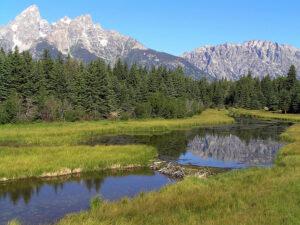
Landsat helped confirm and quantify what was only anecdotally known before: beaver dams make wetlands uniquely resistant to wildfires.

Landsat has enabled a more thorough understanding of how the Central Valley landscape is impacted by floods.

Zhe Zhu has dedicated his research career to learning what’s happening on our planet from satellite images of Earth.

Remote sensing can aid the monitoring and evaluation of incentivized farming programs like the one in Maryland.
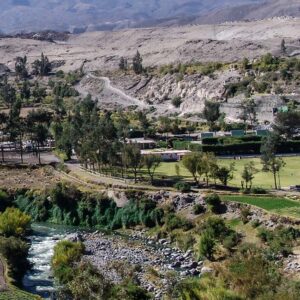
Landsat has helped map the expansion of intensive agriculture in arid Arequipa, Peru.
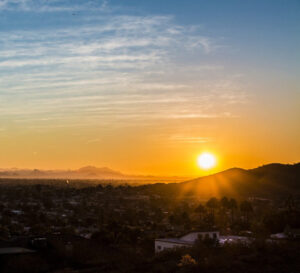
Socio-economically vulnerable populations are at a higher risk of experiencing urban heat effects.

At the 2019 AGU Fall Meeting, over 500 presentations feature research conducted with the aid of Landsat data.
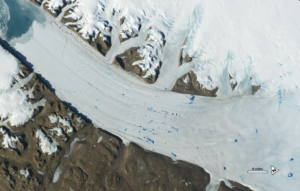
New time-lapse videos of Earth’s glaciers and ice sheets as seen from space are providing scientists with new insights into how the planet’s frozen regions are changing.
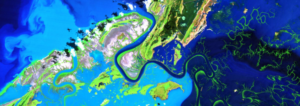
A new longitudinal study from Australia has harnessed thirty years of NASA/USGS Landsat data to map the nationwide movement and migration of mangrove forests.
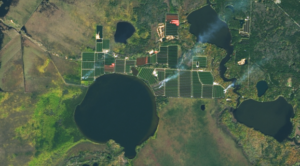
Farmers across the Midwest are in a race to finish harvesting their corn, soybean, and other staples of the Thanksgiving dinner table before the first crop killing freeze sets in.

A new USGS report estimates an increase in the domestic and international economic benefits to society provided by the Landsat archive to about $3.45 billion in 2017, compared to $2.19 billion in 2011.

Wyoming students in the College of Agriculture and Natural Resources are using Landsat images to gauge and improve lands owned by their families.
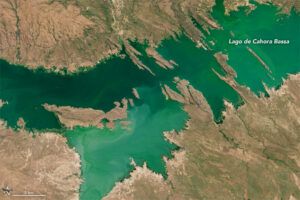
The intensity of summer algal blooms has increased over the past three decades, according to a first-ever global survey of dozens of large, freshwater lakes.
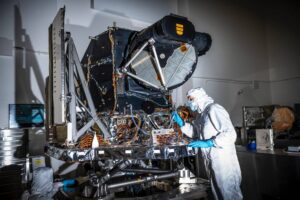
OLI-2 is now built, tested, and in place to be assembled onto the spacecraft.
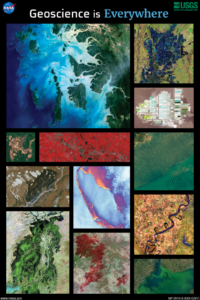
The 2019 Earth Science Week Poster was created as a joint project between NASA and America View to show the wide scope of applications of geoscience.

A new investigative report published by NPR has found that it’s hotter in cities’ low income areas.
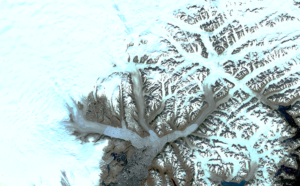
The branching network of glaciers that empty into Greenland’s Sermilik Fjord has changed significantly in the last half century.

This month, TIRS-2 successfully passed the stringent 12-week testing process at NASA’s Goddard Space Flight Center and was shipped to Northrop Grumman’s facility in Arizona.
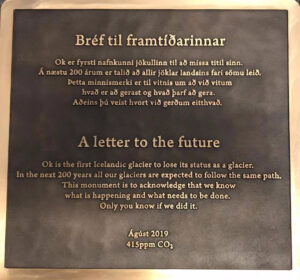
A memorial was placed on top of the volcano where Okjökull Glacier’s ice once flowed.

Summer projects focused on using Earth science data for practical applications like agriculture and food security, disasters, ecological forecasting, energy, health and air quality, transportation and infrastructure, urban development and water resources.
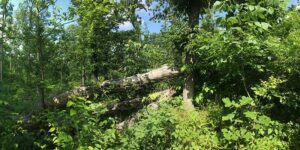
Landsat shows that large blowdown areas in southern Illinois forests are more heavily invaded by invasive species and slower to recover than smaller areas after a tornado.
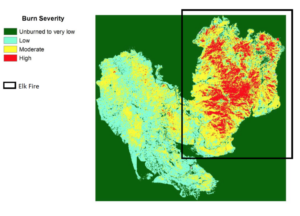
Using satellite imagery is a cost-effective way to assess burned areas and triage mitigation measures post-wildfire, study found. Federal agencies can save as much as $7.7 million annually in post-fire costs by using Landsat.
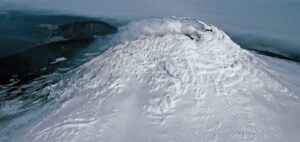
Landsat, Sentinel-2, and ASTER confirm a rare lava lake in Mt. Michael’s crater on the sub-Antarctic Saunders Island—a “remarkable geological feature.”
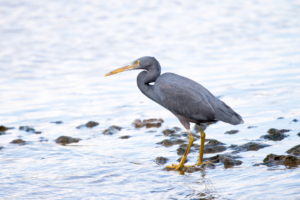
Harnessing 30 years of Landsat data, a team of researchers from Australia has created the first 3D model of Australia’s entire coastline.
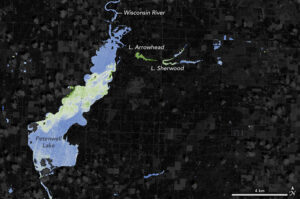
With limited resources to dedicate to monitoring for harmful algal blooms, water managers are looking to new technologies from NASA and its partners to detect and monitor potential hazards in lakes and reservoirs.
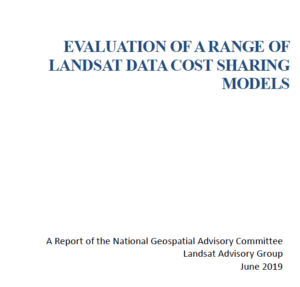
Keeping Landsat data free and open is the right path forward, a federal advisory panel has concluded.
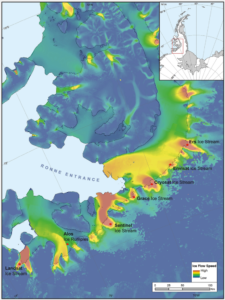
Seven ice features in western Antarctica have been named for Earth-observation satellites, including one named for Landsat.

Aaron Gerace and Matthew Montanaro earned the 2019 USGIF Academic Achievement Award for their work on the Landsat 8 TIRS stray-light issue.

Dr. Gao has been awarded in recognition of his original research in the application of remote sensing for crop and vegetation monitoring.
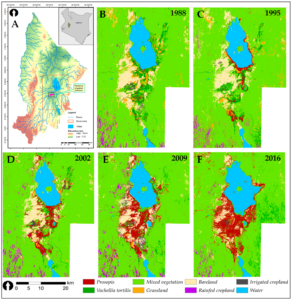
Prosopis was introduced to Kenya in the 1980s to provide fuelwood; it has since turned into an environmental scourge. Landsat has tracked its fast-paced spread.
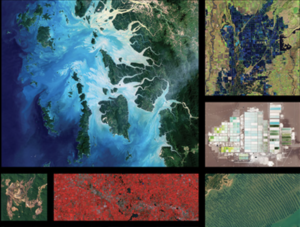
NASA and AmericaView again joined forces to create this year’s 2019 Earth Science Week Poster. The poster features a wide array of remote sensing and geoscience applications.

The prolonged presence of green space is intrinsic for a healthy society a new nationwide Danish study finds.